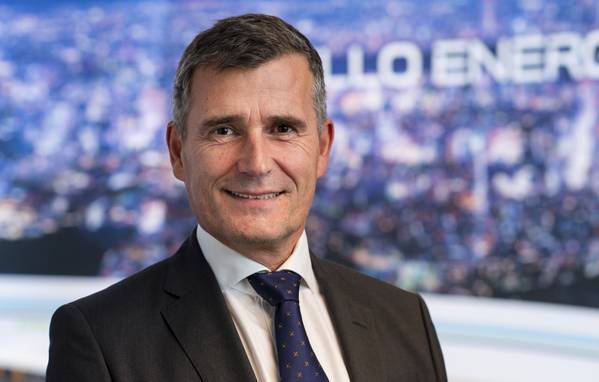
DNV has started a new Joint Industry Project (JIP) to increase certainty in the design process for wind farms challenged by earthquakes.
The so called ACE2 JIP is a follow-up project of “Alleviating Cyclone and Earthquake Challenges” (ACE) JIP.
DNV said that the JIP would deeply investigate issues related to earthquakes which were not conducted in the first project.
Special topics that will be addressed in the ACE2 JIP are geotechnical aspects such as damping and liquefaction, jack-up installation vessels, details of seismic load analysis and specific Taiwanese and Japanese needs.
"The results will be used to update the recommended practice DNV-RP-0585 Seismic design for wind power plants with the most recent customer feedback and state-of-the art knowledge," DNV said.
“When we look at the predictions for installed offshore wind capacity worldwide, we expect that Europe will be surpassed by Asia in the 2030s and North America in the 2040s,“ explains Kim Sandgaard-Mørk, Executive Vice President for Renewables Certification at DNV. “Especially in Asia and the US, wind turbines and offshore substations need to be designed to meet challenging conditions like earthquakes. This collaborative effort by the industry will increase the financial robustness of future wind farms in earthquake zones.“
Companies that joined DNV in the kick-off meeting are CDEE, Equinor, Jan de Null, Kajima, Obayashi, Ørsted, Penta-Ocean, Shell, Shimizu, Siemens Gamesa, Taisei, Van Oord, and Vestas.
Marcus Klose, Head of Section Steel Structures at DNV said: "We have just kicked off the project and it is great to have world-class experts gathered around the table to tackle one common industry challenge. It seems that one of our focus areas will be on the conditions in Japan. Japan has the sixth longest coastline in the world with ambitious government targets to install 10 GW of offshore wind by 2030. Therefore typhoons, earthquakes and tsunami risks should be given special attention in the project design life cycle. I am happy that we could attract so many relevant players from Japan. The results will help to accelerate discussions and project decisions in all relevant markets.“
Further participants are expected to join and the JIP is open to welcome late-joiners on equal conditions until end of April, DNV said.